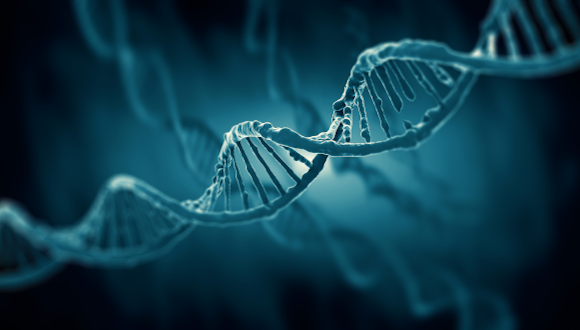Gene therapy developed by TAU may enable effective treatment for ALS

Study provides hope for millions with a fatal neurodegenerative disease
Support this researchResearchers at Tel Aviv University (TAU) led a large-scale international study that has identified a molecular mechanism playing a key role in ALS, a fatal degenerative disease, and were able to neutralize it through gene therapy. When they added a specific RNA molecule to human cells and animal models for ALS, the nerve cells stopped degenerating and even regenerated. The promising findings may offer hope to millions of patients around the world, opening a new avenue for treating the incurable disease.
The study was conducted in the laboratory of Professor Eran Perlson of TAU’s Gray Faculty of Medical & Health Sciences and Sagol School of Neuroscience. It was led by Dr. Ariel Ionescu and Dr. Lior Ankol in collaboration with Dr. Amir Dori, Senior Neurologist and Head of the Neuromuscular Disease Unit at Sheba Medical Center. Additional participants included researchers from the Weizmann Institute of Science, Ben-Gurion University of the Negev, and research institutions in France, Turkey, and Italy. The paper was published on October 3, 2025, in the journal Nature Neuroscience.
“ALS affects motor neurons and causes gradual paralysis of all muscles in the body,” Professor Perlson explains. “Most patients die within three to five years of diagnosis, due to paralysis of the diaphragm muscles and respiratory failure.
“We know that in ALS, the neuromuscular junctions, where nerve fibers (axons) meet muscle cells and transmit electrical signals from the brain to the muscles, are disrupted. However, the molecular mechanisms causing this damage remained unknown until now, and consequently no effective treatment has been developed. In this study, we wanted to get to the root of the matter and generate new knowledge that would enable the development of effective drugs for ALS.”
The current study was based on a feature of ALS discovered previously in Professor Perlson’s lab: toxic clusters (aggregates) of a protein called TDP-43 (usually responsible for regulating protein production at the site) form at the tip of the nerve, where it meets the muscle. To discover how these TDP-43 aggregates are formed, the researchers used a mouse model for ALS, tissues from ALS patients, and cultures of human stem cells.
The study found that muscle cells produce small RNA molecules called microRNA-126 and send them in vesicles, through the synapsis, to the tip of the nerve cell. The role of these molecules is to prevent the expression of the TDP-43 protein at the neuromuscular junction when it is not needed.
“We discovered that in ALS, the muscle produces a smaller amount of microRNA-126, which leads to an excess of TDP-43,” Dr. Ionescu says. “The excess protein forms toxic aggregates that attack molecules essential for functioning of the mitochondria, the nerve cell’s powerhouse. Damage to the mitochondria causes an energy deficit, gradually destroying motor neurons and leaving patients’ muscles paralyzed.”
The study further showed that when the amount of microRNA-126 is reduced, a process similar to ALS occurs, and the neurons are destroyed. Conversely, increasing the level of microRNA-126 in tissues taken from ALS patients and in ALS model mice led to a decrease in the levels of TDP-43, and the neurons stopped degenerating and even regenerated. The researchers concluded that adding microRNA-126 rescues neurons damaged by ALS and prevents degeneration of the neuromuscular junction.
The new study’s findings could therefore serve as a basis for developing effective drugs for this currently incurable disease.